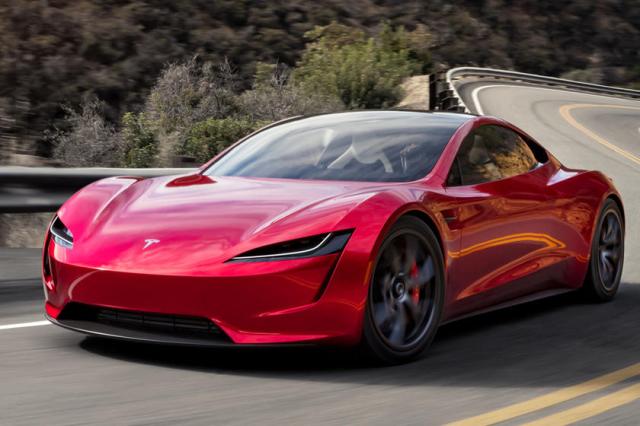
The transport sector is responsible for a whopping 22% of carbon emissions in the world, and 16% of this is from road transport. This is clearly a huge contributing factor towards climate change, but why? Do we need these diesel and petrol cars which pollute the earth, or is there a cleaner alternative?
Are electric and hybrid cars the future?
Electric and hybrid cars are becoming increasingly popular, with a wide range of models becoming available from a variety of different car manufacturers. There is a plethora of different styles available, ranging from SUV’s, such as the Audi E-Tron to small hatchbacks, such as the Renault Zoe and even supercars, such as the Tesla Roadster shown above. As well as electric cars, there are also several types of hybrid cars available, which combine a petrol and diesel engine with an electric battery, allwoing you to use electric power, however not be completely reliant on it. There are two main types of hybrids: self-charging hybrids, which are not charged up at a charging point and instead use technologies such as brake regeneration, and plug in hybrid electric vehicles (PHEV), which do require a charging point.
These hybrids act as a stepping stone to fully electric cars, and hopefully a stepping stone to the future.
The advantages to these electric and hybrid cars are huge, and although they do still produce some emissions, due to the production of the car- specifically the lithium ion batteries- and the electricity used to power the car, overall they are much better for the environment. Over the course of a single year, one electric car can save an average of 1.5 million grams of CO2, now imagine the effect on a global scale! These cars don’t produce emissions from their exhaust, and this will improve the air quality and result in cleaner streets, and since they don’t produce much noise, the streets will be more peaceful too! If we develop ways to reuse and recycle the batteries from the cars and use electricity from renewable sources, this could potentially result in carbon neutral road transport, an achievement that could help save the planet.
So if its so easy why doesn’t everyone have electric cars yet? Well, since this is a new and rapidly improving sector, the infrastructure of the UK is having to improve too, and unfortunately there is not yet a comprehensive public charging network yet, however in the near future we will hopefully see increasingly more charging stations and as a result more electric cars on the road. Additionally, since these cars are a relatively new development the prices are higher than other cars, however this may be balanced out by their lower operating an maintenance costs. The future of electric cars is bright and set to repidly improve in the near future.
Will the future be electric?









 What are you going to do this Lent to make a difference?
What are you going to do this Lent to make a difference?